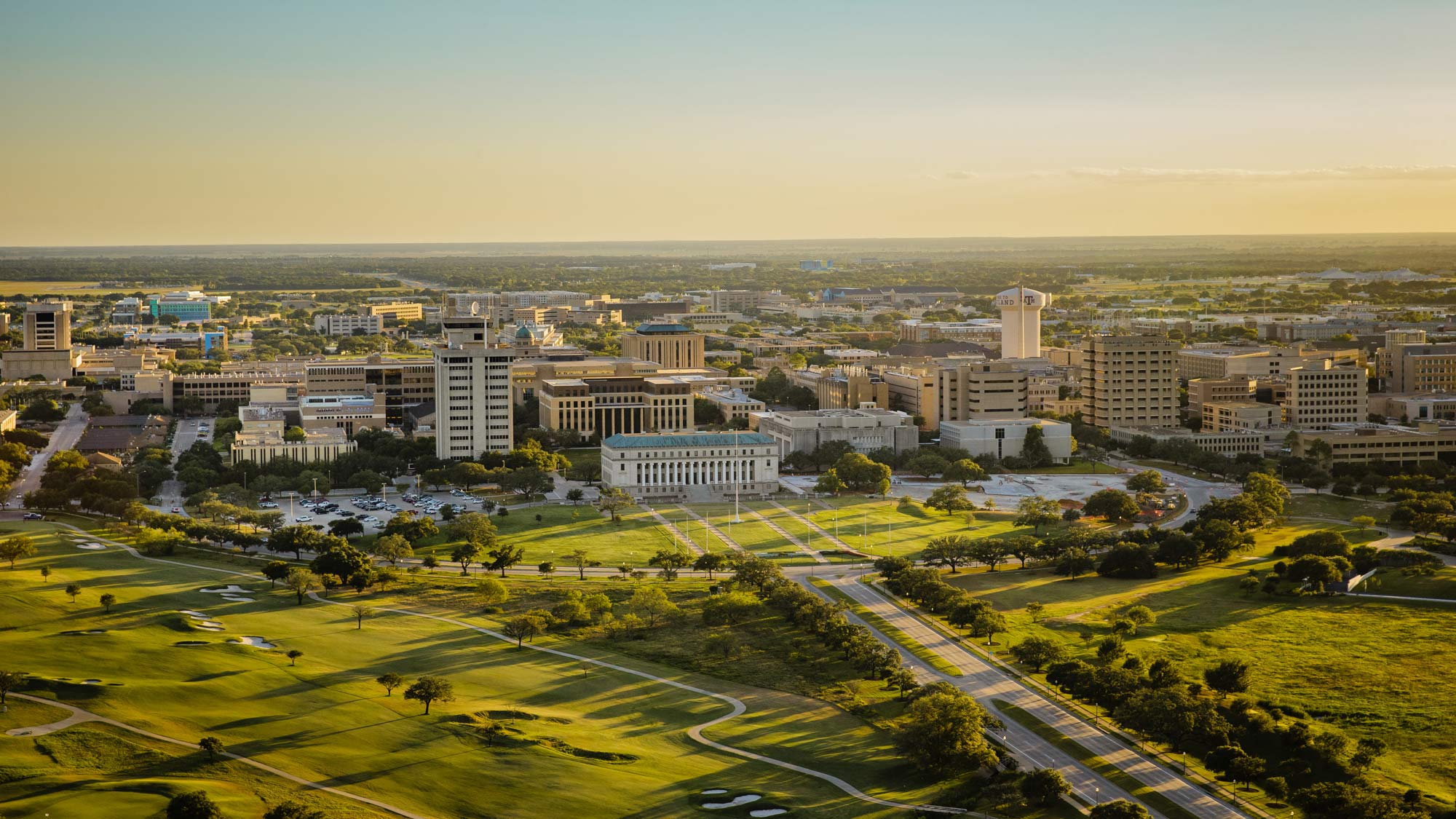
space
Texas A&M is one of six universities collaborating with NASA to teach dog-like robots to navigate on challenging surfaces to better prepare for planetary exploration.
NASA Selects Texas A&M As First Approved Exploration Park Facility
Feb 16, 2024 • 4 min. readThe agreement allows the A&M System to support training, aeronautics research, advanced robotics and work on lunar and Martian exploration toward the development of a commercial space economy.
Texas A&M Astronomer Part Of Team That Discovered A New Source Of Star Dust
Feb 13, 2024 • 5 min. readThe nature of cosmic dust has long been a mystery, but astronomers have identified the source of a lot of dust previously unaccounted for.
Texas A&M Grad Student Achieves World First By Growing Chickpeas In Moondust Mixture
Feb 1, 2024 • 4 min. readBy adding fungi and worm manure to simulated moondust, researchers managed to grow a small crop of the protein-rich legumes, offering hope for future lunar farming efforts.
Texas A&M Engineering Leads Collaboration For Revolutionary In-Space Operations Technologies
Jan 10, 2024 • 3 min. readStudents and researchers will help the United States Space Force’s Space Strategic Technology Institute with critical research worth nearly $50 million.
A new statue depicts the heroic astronaut during his days as a pilot at the Bryan Air Force Base.
NASA’s Webb, Hubble Telescopes Combine To Create Most Colorful View Of Universe
Nov 9, 2023 • 4 min. readThe striking image represents one of the most comprehensive views of the universe ever taken and reveals a vivid landscape of galaxies along with more than a dozen newfound, time-varying objects.
MSC SCONA Welcomes Former Astronauts To Discuss The Future Of Space Travel, Exploration
Oct 24, 2023 • 3 min. readAmong the astronauts featured will be Col. Mike Fossum, Texas A&M vice president and COO of the university’s Galveston campus.
Space Biology And The Out-Of-This-World Exploration Of Plant Stress
Oct 11, 2023 • 3 min. readA Texas A&M AgriLife plant scientist has joined a NASA-funded project to help understand how plants grow away from Earth.
Texas A&M joins scientific institutions across six countries in celebrating the project's most recent milestone underway in Arizona.
